The 68th Berlinale
U-July 22
(Norway)
Director: Erik Poppe
On July 22 afternoon in 2011, a bomb exploded in the government quarter in Oslo. Less than two hours later, not too far from the Norwegian capital on Utoya Island, A.B. Breivik begun his carefully prepared action. On the island the governing party (Labour Party) youths spent their regular summer vacation. Altogether six hundred people gathered like every summer before.
Breivik entered the island, dressed as a policeman, having a fake identity card. Two adults tried to stop him, but he killed them and started the massacre.
The surviving victims and the relatives of the deceased questioned whether it would be possible to make a film on the terrible massacre. Ethical and moral reasons made even the director doubtful.
“No one will be the same as they were before July 22, 2011”,
stressed Erik Poppe after the film premiere. (Every forth Norwegian citizen had at least one friend or relative who was hit by this tragedy.) Poppe certainly could have made a documentary film, but he decided otherwise.
The director attempted to make a feature film that is relying on the witnesses’ (i.e. survivors’) narratives and experience on that day, July 22. Nevertheless, it is important to note what is not in this film. It is not a criticism of the current Norwegian political system. It does not aim to criticise Breivik the mass murderer, not even to analyse his motives or his personality. The audience has no information (after watching the film) how Breivik purchased his guns and explosives, why he decided to “clean” his country to wipe out the immigrants and refugees. This information can be read since all are available for the public since 2012. Breivik is not even visible in the film. We can see only a tall man from distance, holding an automatic gun. His face is not visible either…
We do not know after we finish to watch the film, what are the favourite meals of Breivik, which season he likes most, or whether he likes laughing. The director focuses on these young people`s actions, reflection and behaviour in this extreme situation, showing how life and death together is shocking each of them. The murderer is invisible thus they first believe that the police shoot them. This carnage lasts 72 minutes. Some of the young people try to contact the police or calling their parents but in vain. The help does not come.
Poppe reconstructed and deconstructed this seventy-two-minute-long fight for survival. This is a war, says one of the students. Norway in at war, adds another student. While they argue, the first sounds of a gun hearable, which is, according to a refugee student, surely a gun, instead of a routine exercise of some soldiers or policemen.
Kaja, the main actress is in the summer camp together with her younger sister. When the shooting begins, she feels strong responsibility to find and save her sister.
This mass murder is also a symbol of the current situation on the globe. WE are living in permanent fear. The attacker is invisible (like Breivik), the reason for killing unknown. Seventy-seven people were murdered, more than hundred injured. Few months after this tragedy, the government published the results of its thorough investigation which concludes that the attack against the government quarter could have been prevented and the help to save people on Utoya Island was seriously late.
The director reminded the audience, that on July 23, 2011, one million people went to protest, peacefully.
„It’s a bit absurd to me that this film is in the competition”, said Poppe. “I made a film to make all of us think about the world we live in.”
Breivik was sentenced to the maximum length of imprisonment, twenty-one years. It can only be extended if the convicted is still dangerous for the society. He several times complained about his „poor” conditions in his prison cell.
Author: Katalin Ferber

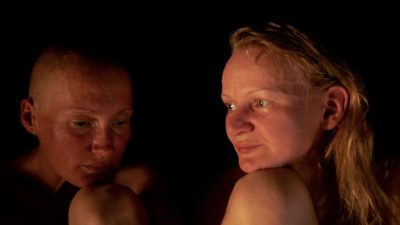
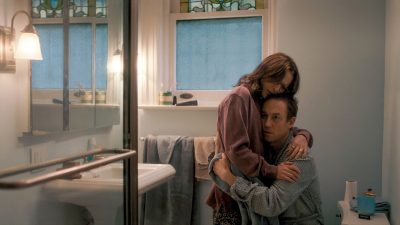
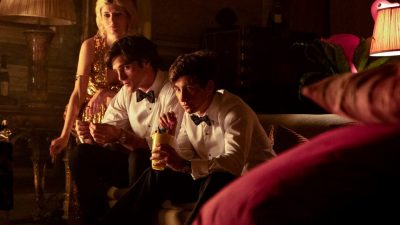
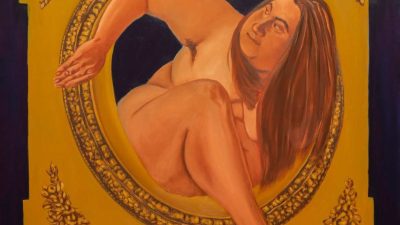
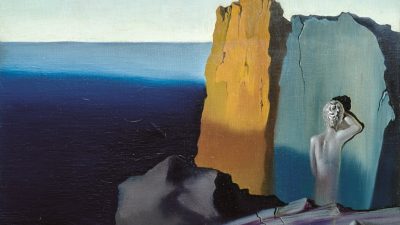
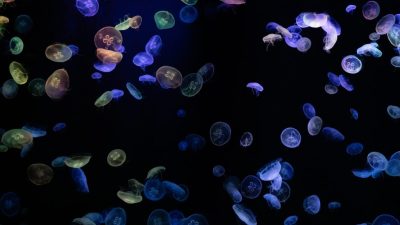


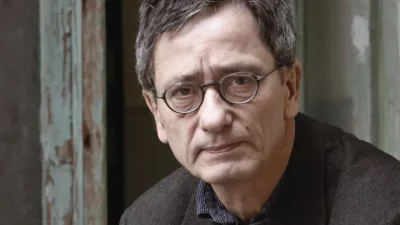



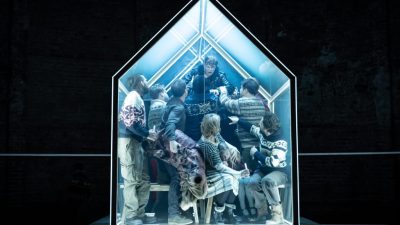






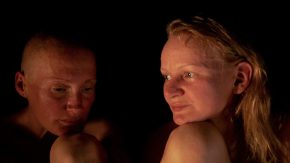
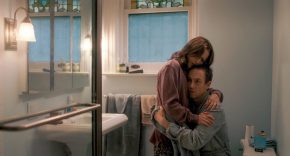

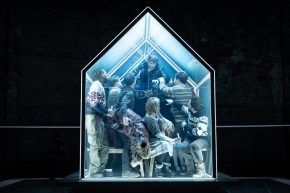
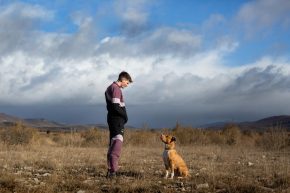

Comments